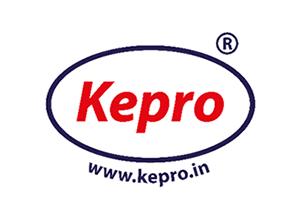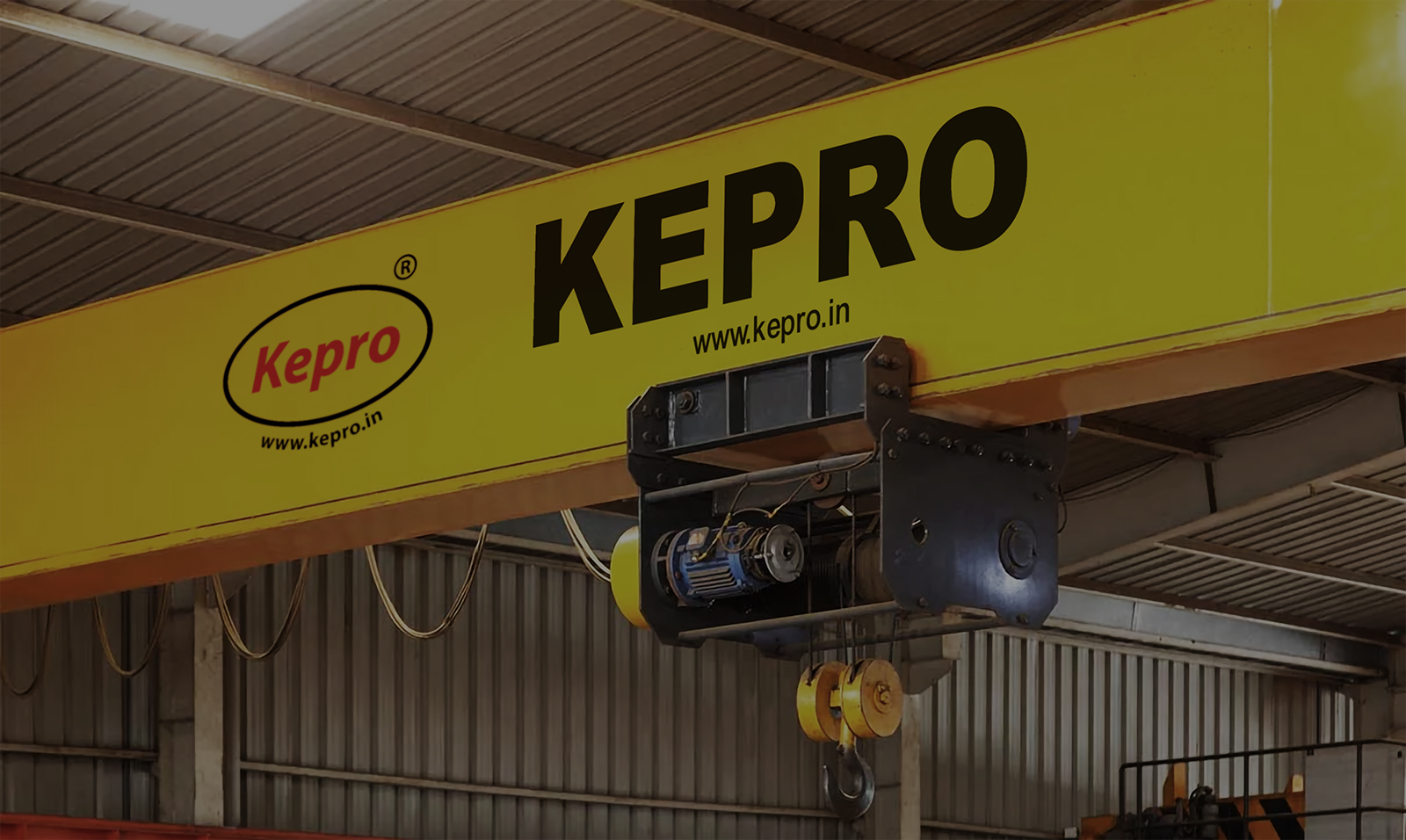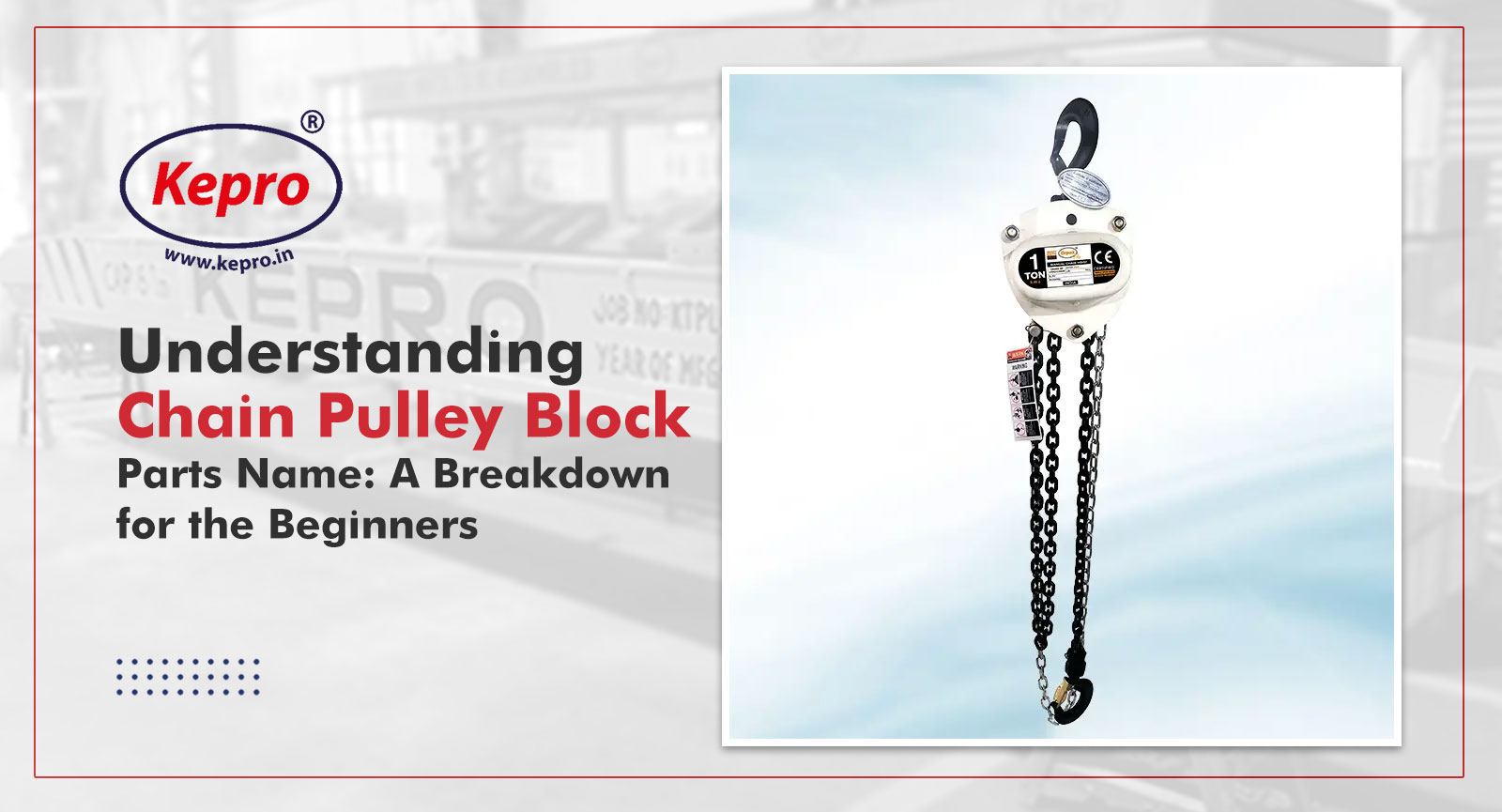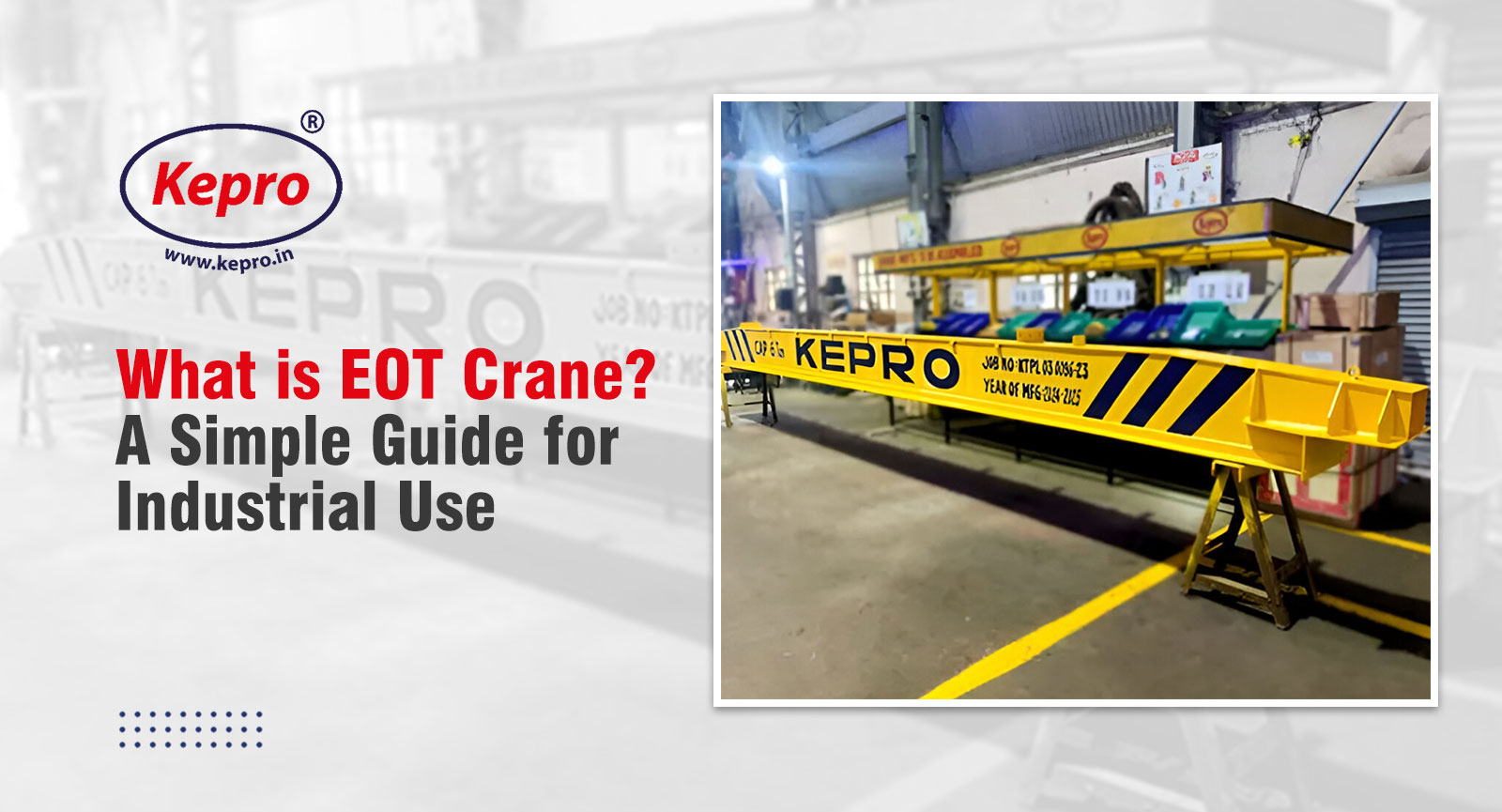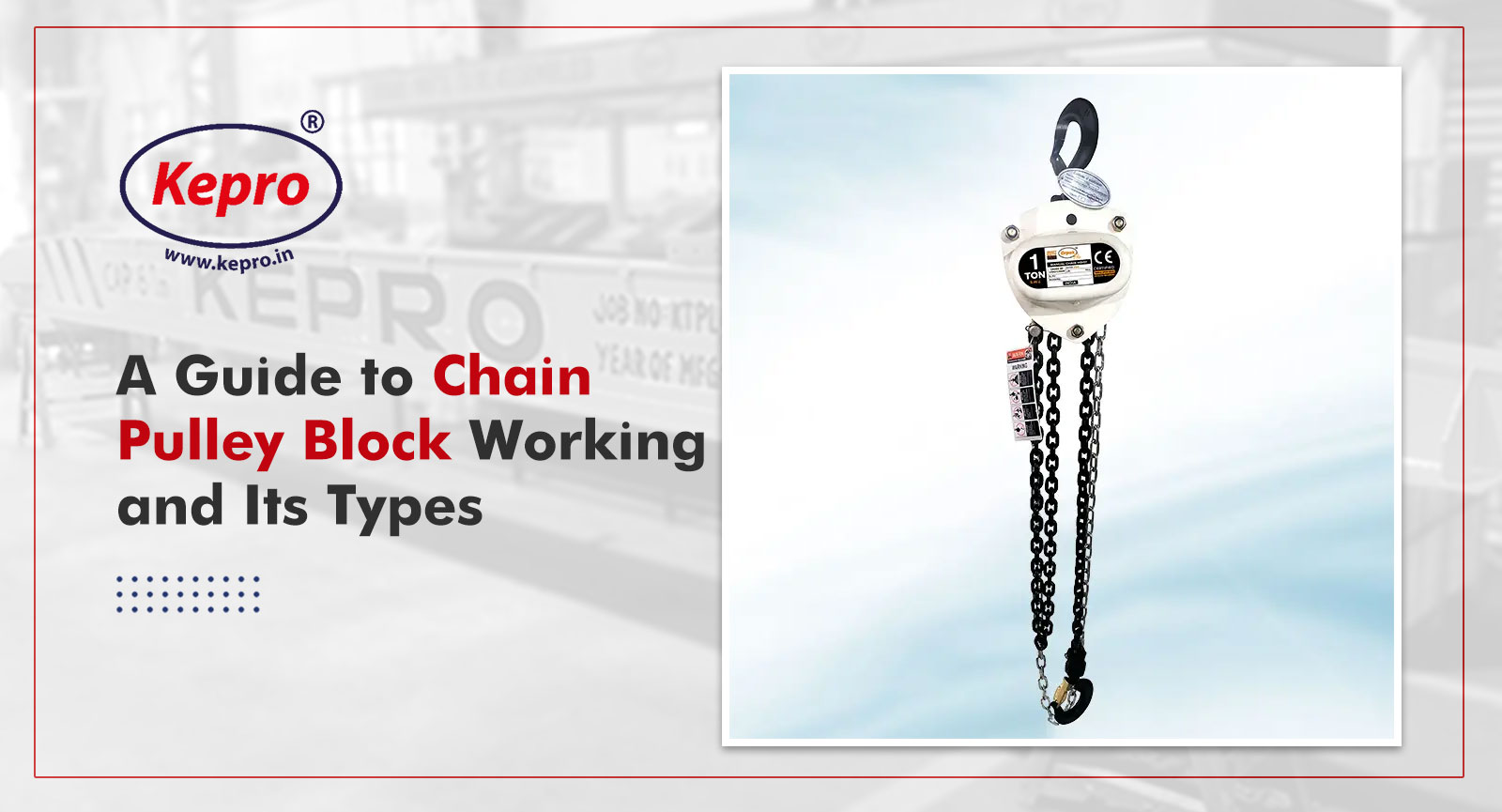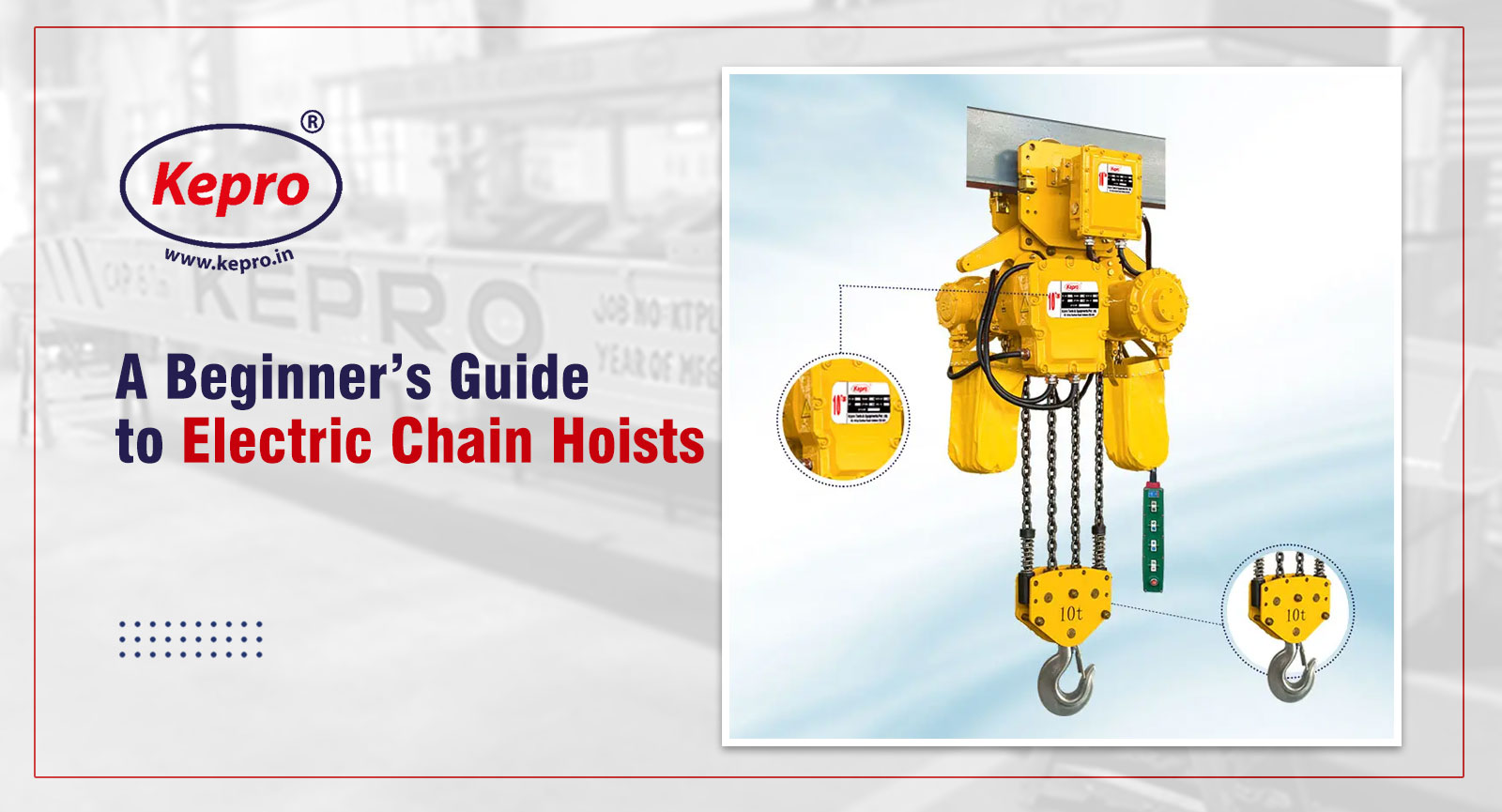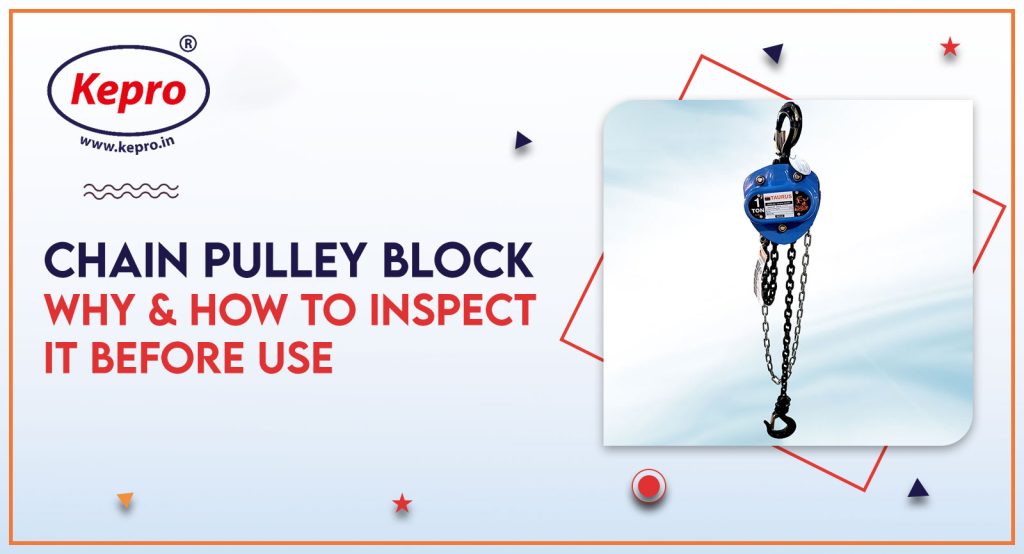
Though lifting heavy equipment with the help of machinery has made the job easier, safety is also paramount. One of the most reliable tools for lifting heavy products is a chain pulley block. This tool is designed to pick up heavy products in no time and transfer them to another place in no time. It is a machine and wear- and tear is possible, which if not inspected can lead to accidents. So, before using the machinery it is vital for your safety and also to prevent damages that you check the machinery before using it. In this post, we will list down the reasons for inspecting the chain pulley before usage and how to do it.
What is a Chain Pulley Block?
It is a load-lifting, U- shaped pulley that comprises blocks to pick up heavy loads using the chain mechanism. It is commonly used in manufacturing, automotive, and construction sites.
Pre-Inspection of Chain Pulley
Here are some of the reasons and ways for chain pulley inspection before usage.
Ensuring Safety:
One of the major reasons for checking out the wear-tear of the electric chain pulley block before using it is to ensure the safety of the surroundings. This tool is used to transfer heavy loads on construction sites, warehouses, and industrial sites. One mishap can lead to serious injuries and also equipment damage. So, it is essential to check the signs of wear and tear so that no unexpected issue arises in the middle of the process.
Preventing Damages of Equipment:
Regularly inspecting the machinery can lead to better maintenance of the weight-lifting machine. Once you are aware of the wear and tear, it can prevent slip-ups, misalignment, and the risk of mechanical failure like dropping the load mid-way. It will help in avoiding any sort of damage and accidents.
Checking the Brake Mechanism:
It is an essential feature to manage the load properly if the brakes malfunction, it can cause the brake to fall unexpectedly leading to injury and damage. So, before using the chain pulley gently check the brakes and make sure that it engages and moves the load securely. Also, check for any signs of wear and tear on the breaks, if they do not function smoothly or you hear any weird noises do not ignore them. May be further inspection and maintenance may be required.
Examine the Pulley & Bearings:
Check the pulley for smooth rotation and ensure that it is free from any wear and tear. The damaged pulley can lead to uneven loading on the chain, causing major failure by moving the load. So, check for any wear or tear on the pulley or bearings, whether they are corroded. In such a situation, they will function inefficiently causing the failure of operation.
Check the Load Rating:
All the pulleys can pick a certain amount of load and it is mentioned in their rating. So, always check with the manufacturer of the pulley’s safe working load limit (SWL). Overloading the machinery without the knowledge of the weight limit can lead to accidents and can even damage the equipment.
Test the Operation:
Just a visual inspection is not enough, sometimes the problem is in the operation part of the machinery. So, operate the chain pulley manually to ensure that it operates smoothly. Pull the chain, engage the brake, and test the chain pulley’s lifting and lowering capabilities. The movement should be smooth without any weird noises, resistance and jerking.
Final Words
Pre-inspection of the chain pulley block is essential for maintaining safety at the workplace as well as the durability of the machinery. By following the above-mentioned inspection tips you can identify the major issues with the machinery before any mishap or damages. It will also avoid any major issues, unnecessary blocking the production, and increasing maintenance costs. Apart from that, to get the best product it is also essential to rely on a trustworthy manufacturer whose lifting solutions are not just innovative and effective but created by investing a lot of time in research. Kepro chain pulley performance will exceed your expectations. Their customer-centric approach and tailor-made products are the reasons for their unmatched product quality.
